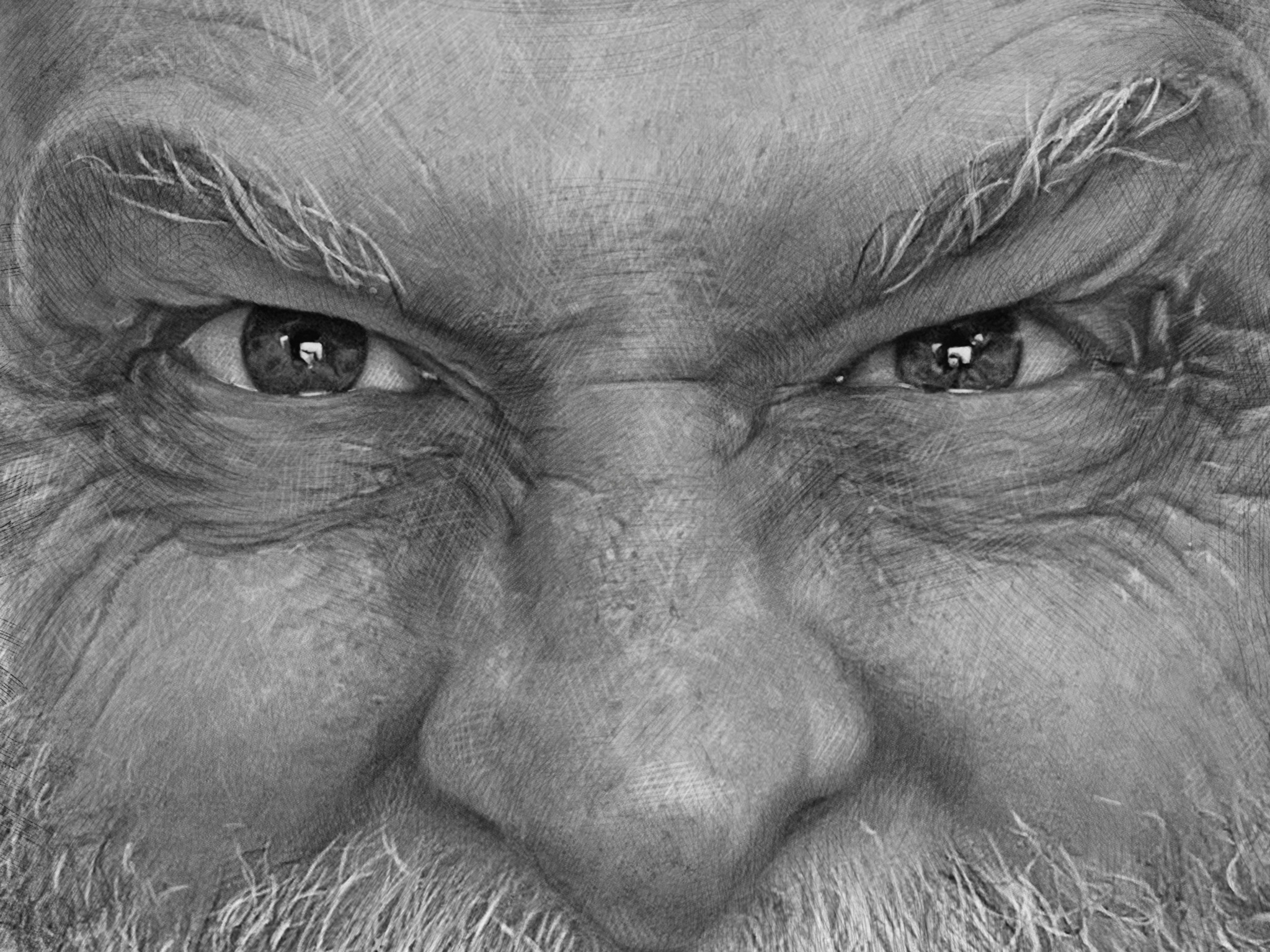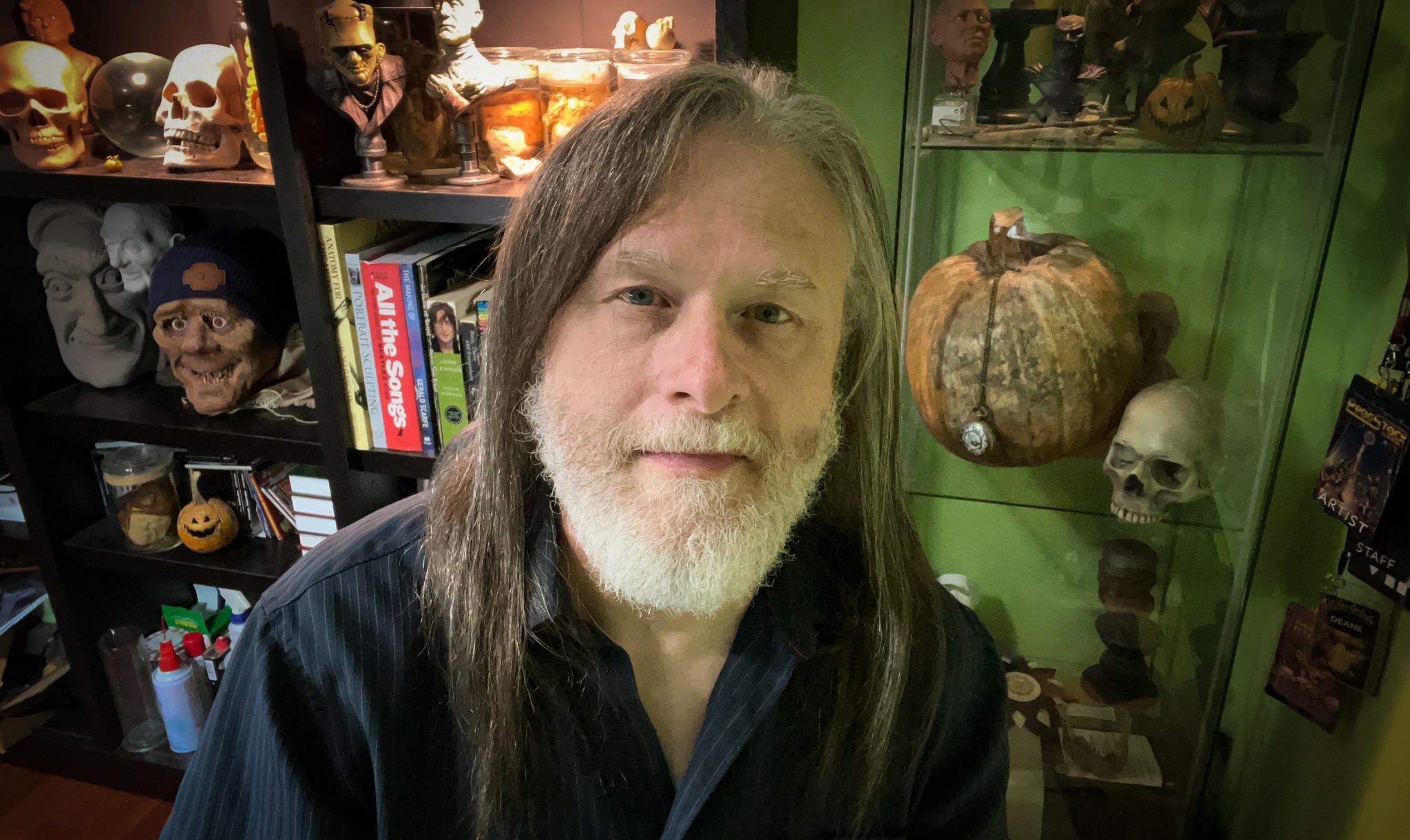We were lucky to catch up with Deane Arnold recently and have shared our conversation below.
Deane, looking forward to hearing all of your stories today. Can you take us back in time to the first dollar you earned as a creative – how did it happen? What’s the story?
When I was in 7th grade, I copied a One Dollar bill. I used a ball point pen, and drew it as precisely as I could on a piece of loose leaf note paper.
I sold it to a teacher for five bucks. Not bad for 1975.
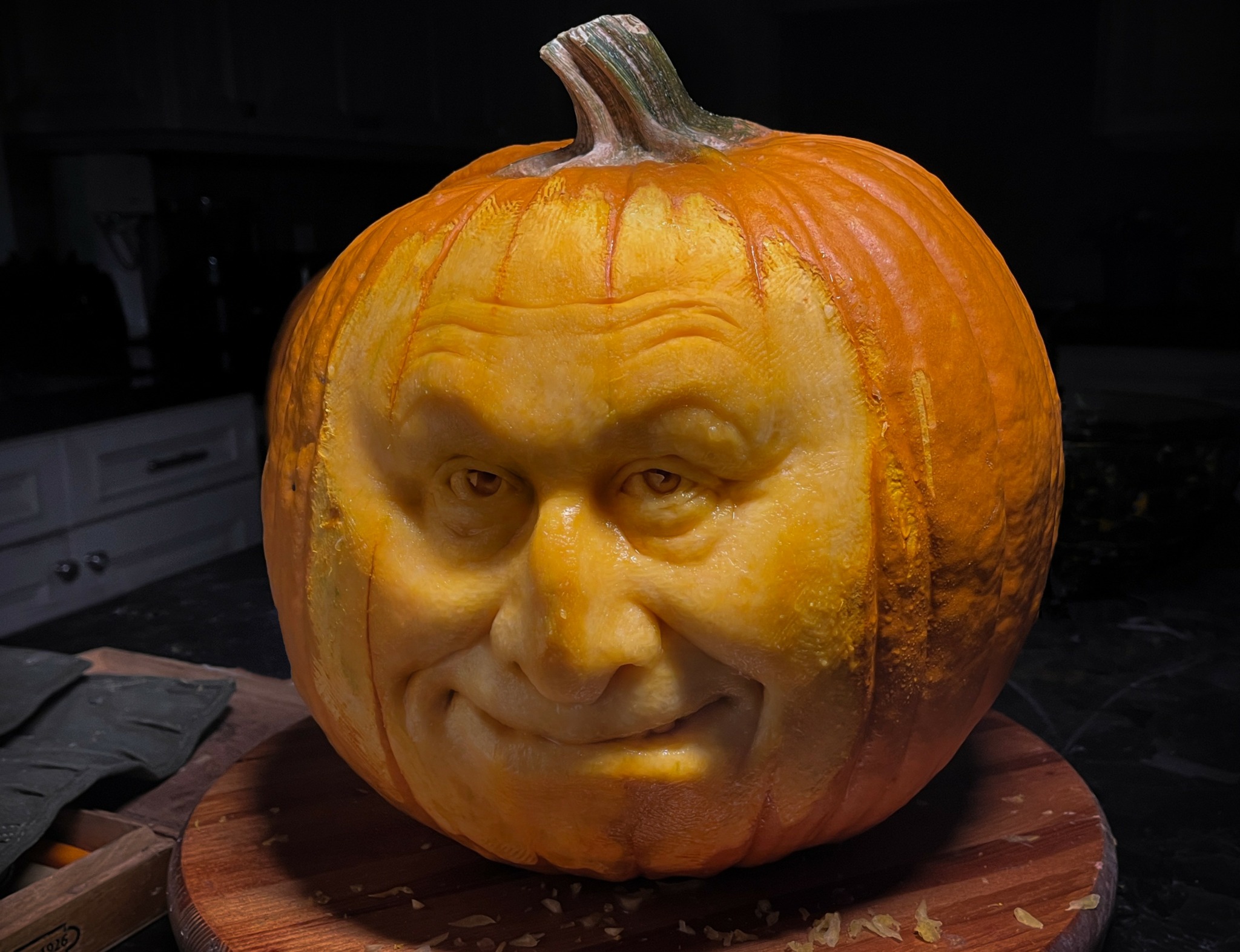
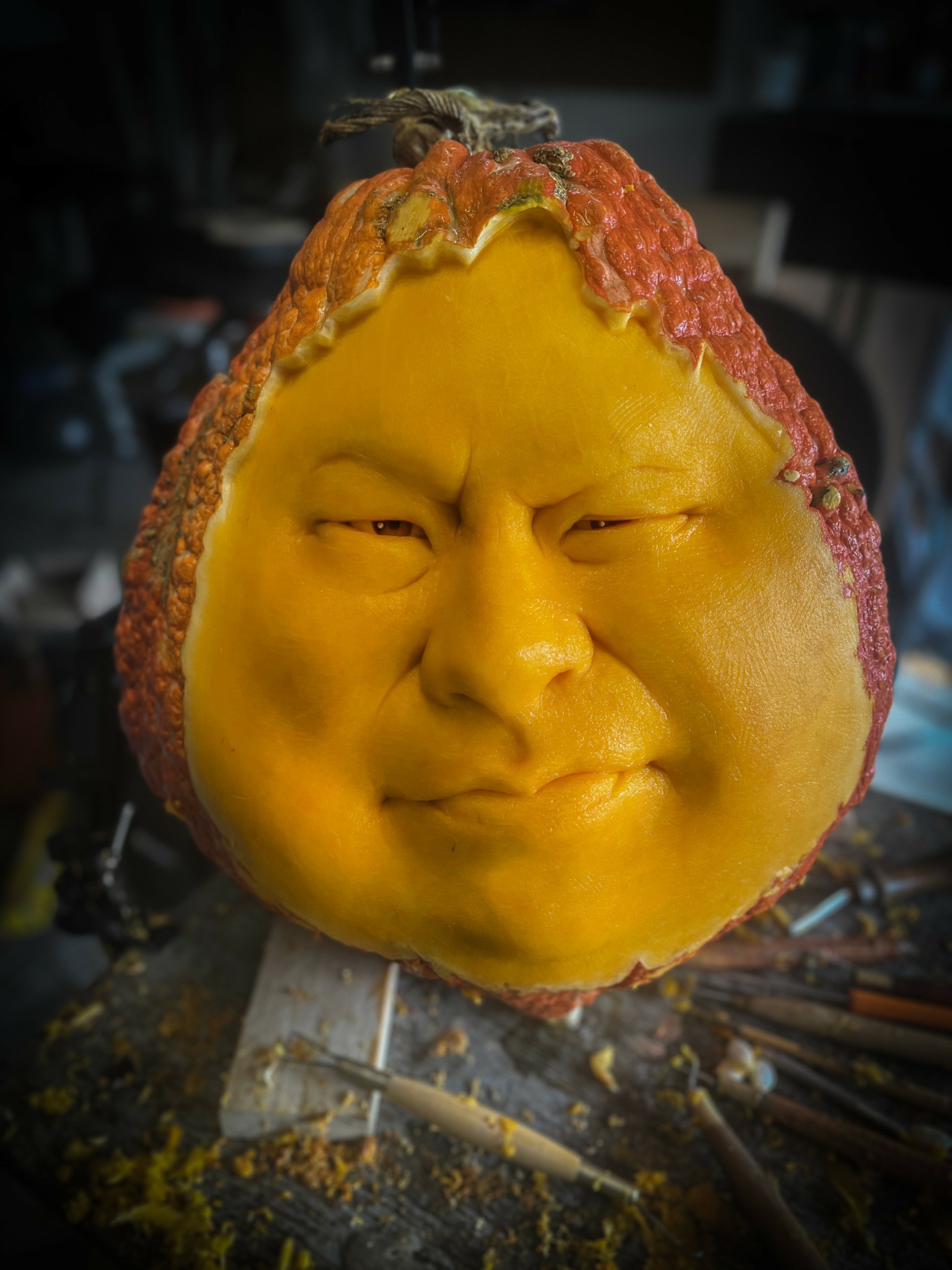
Deane, love having you share your insights with us. Before we ask you more questions, maybe you can take a moment to introduce yourself to our readers who might have missed our earlier conversations?
I’m most well known for being a pumpkin sculptor, and almost as well known for being a musician. I’m a creative artist: graphic designer, illustrator, painter, sculptor, and musician. It’s hard to sum it all up.
Curiosity and impatience seem to be the two things that most drive me. If I see or hear a new form of art, I need to try it for myself. Anything can be an inspiration. It doesn’t make much difference if it’s simple or extravagant. There’s something tactile in unexpected shapes or sounds. The more unexpected, the more compelling. I have a hard time resisting a new approach to mundane things.
I teach workshops in several disciplines. The best tool I can share is to have a willingness to risk failure. No one learns much from success, but failure teaches infinitely more. Being successful every time would quickly become boring. Effort should sometimes be difficult. The struggle is what makes the successful result more satisfying.
I’ve been a creative artist since before I was verbal. My earliest memories are visual moments. I bristled a little when people would ask me if I was going to be an artist when I grew up. “But I am an artist! I drew this picture!” I loved pencil when I was growing up. I drew everything, from faces to cars, animals, super heroes, and space ships. I’ve specialized in photo realistic airbrush illustrations, and began using Photoshop when it was first introduced. I was an early adopter of digital tools, and they were my primary focus for decades. I eventually circled back to traditional painting and realized that photorealism wasn’t what really sparked me: I prefer impressionism, with big, bold, textural slabs of paint on the canvas.
I’d always wanted a way for my art to feel more tactile. Working little tiny details with a 000 sable paint brush never felt very physical to me, so I think it was natural to discover that the impressionist approach allowed me to use my whole body. I like loading up a big brush with paint and hurling it at the canvas like a fast ball. I also like using a palette knife to scrape off random lumps of paint. I like surprises, so allowing the paint to land haphazardly has taken me to some really beautiful paintings.
And then came pumpkins. I’d occasionally carved wood and clay, but usually without much conviction. For some reason, pumpkin art was an immediate devotion. Pumpkin sculpting has become my entire world! I still dabble in other forms of art, but pumpkin sculpting has given me opportunities to compete on Food Network’s Halloween Wars (I didn’t win), work behind the scenes on Food Network’s Outrageous Pumpkins (I also appear as a guest judge in Season 5), and to carve at The White House.
My first sculpted pumpkin wasn’t anything like my current pumpkins. I think I carved it with a paring knife and a spoon. It was okay. It had a face, And it was good enough for me to try a second pumpkin. Each pumpkin has been an improvement on the previous one. I try to include as much new ideas as I can in every one.
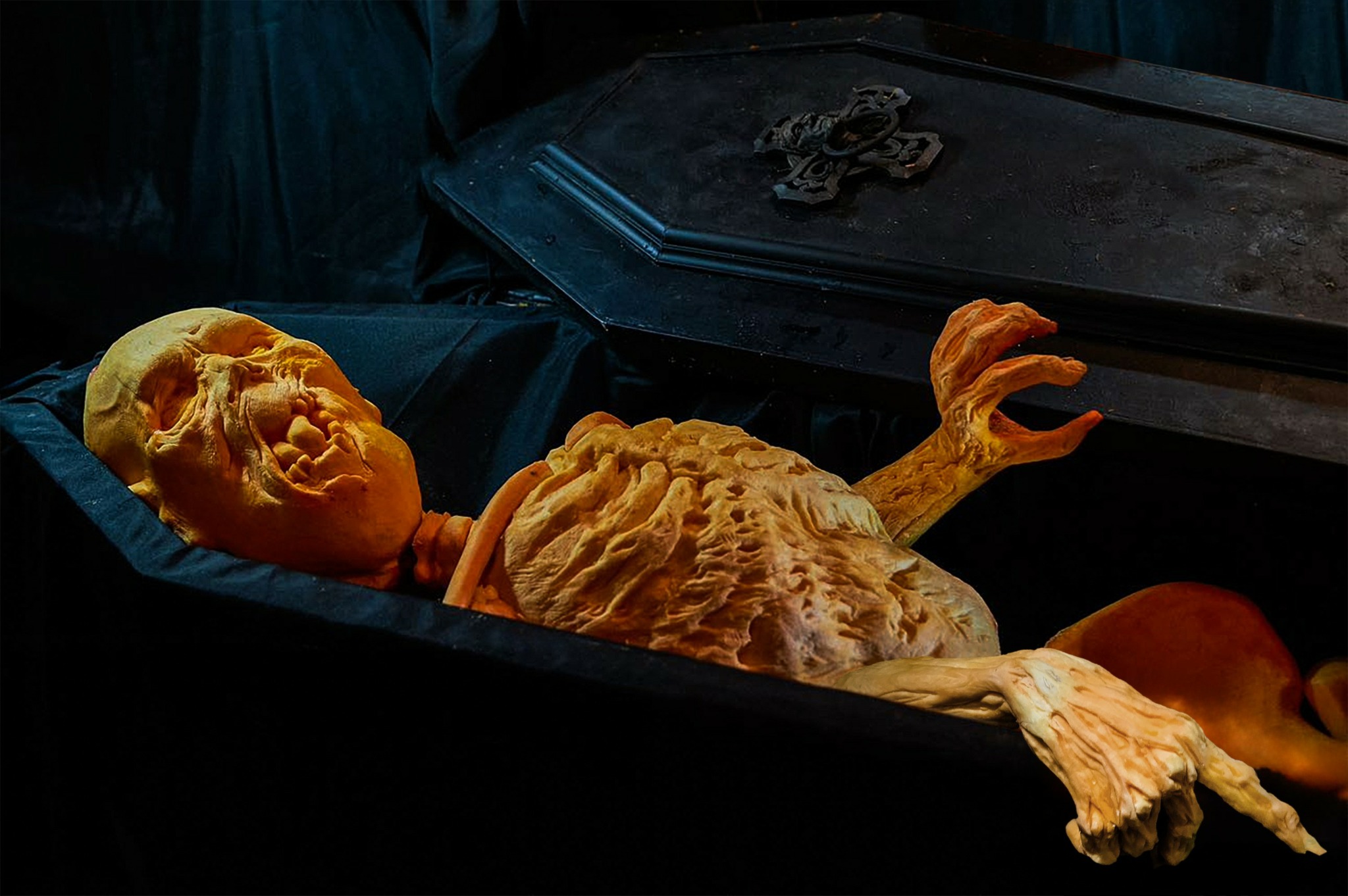
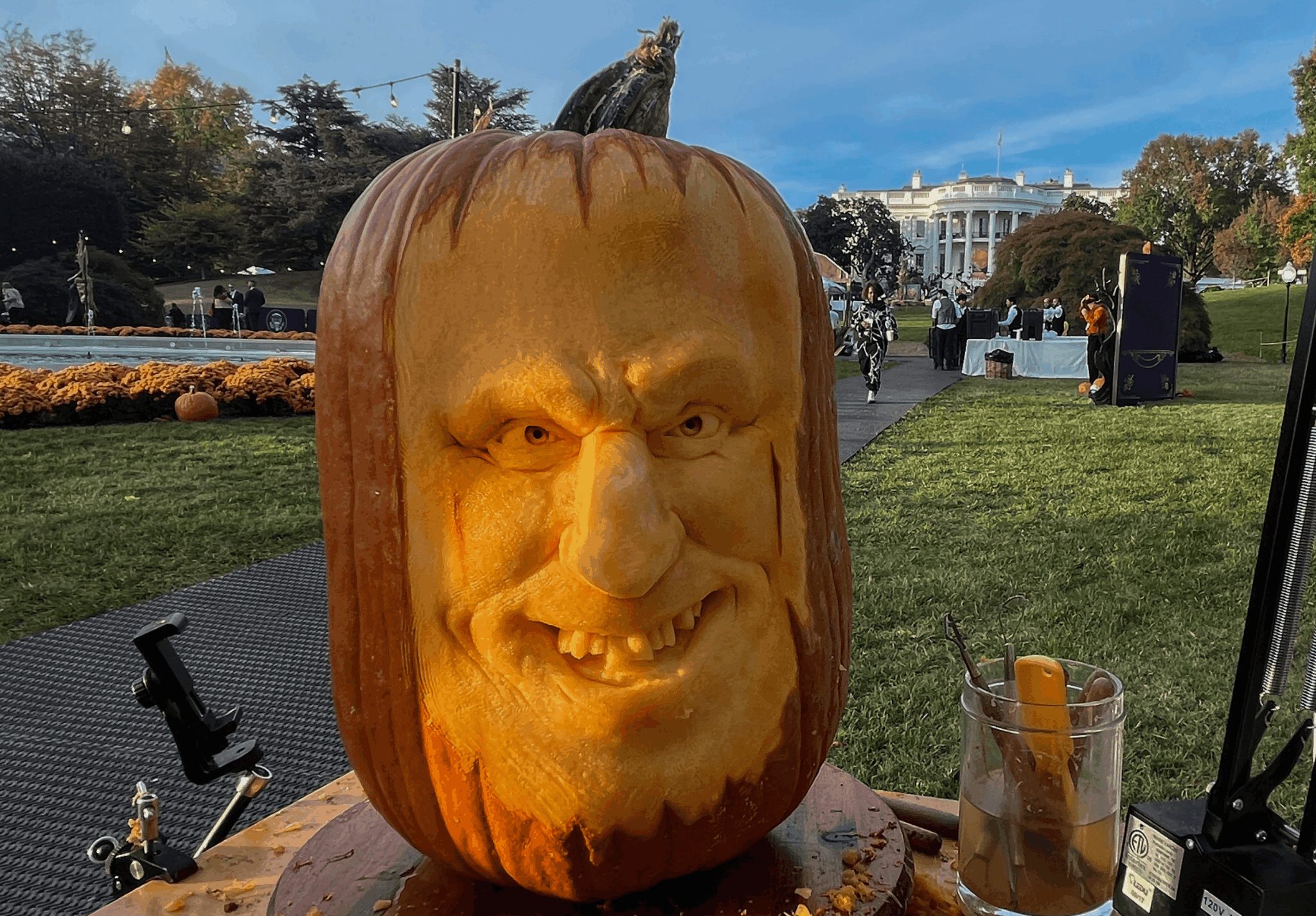
Is there something you think non-creatives will struggle to understand about your journey as a creative? Maybe you can provide some insight – you never know who might benefit from the enlightenment.
The most common misconception about creative art is the idea that it must be sold as a product. As an ephemeral artist who works in pumpkins, I constantly hear people ask “what do you charge for a pumpkin?” or “how do you preserve your work?” The perception that art must be a possession is understandable but limited. It reduces creative output to the end result, and overlooks the joy of finding your way. It further implies that art only has value if it can be sold for profit.
Meh. Boring. I like to earn money as much as anyone else, but the entire point of art is the process of creation, and to share it with others. Art can be politics, philosophy, humanity, or community. It makes a statement. That statement can be anything. My work is centered mostly around sharing the fun of the process itself.
I love starting a project and having a general sense of where I want to take it. Once I’ve gotten started, I always discover obstacles that need to be overcome if I want to keep going. Solving each little challenge along the path doesn’t just help me finish the current project, it helps expand my skillset for other projects. These instances are wonderfully satisfying. So much so, that I’ve overworked some projects because I didn’t want to stop the process. “Why do you create art?” I can’t help it. And because it’s fun.
Another common misconception is that talent is necessary to create art. Sure, to a point, but practice is more important. So long as they learn from their mistakes and stick with it, a person of relatively average talent is capable of astounding art. It’s not a coincidence that practice is part of process, ergo, practice is part of the fun.
By the way, I rarely preserve my work. It’s complicated. Photography is the only lasting record of my sculpted pumpkins.
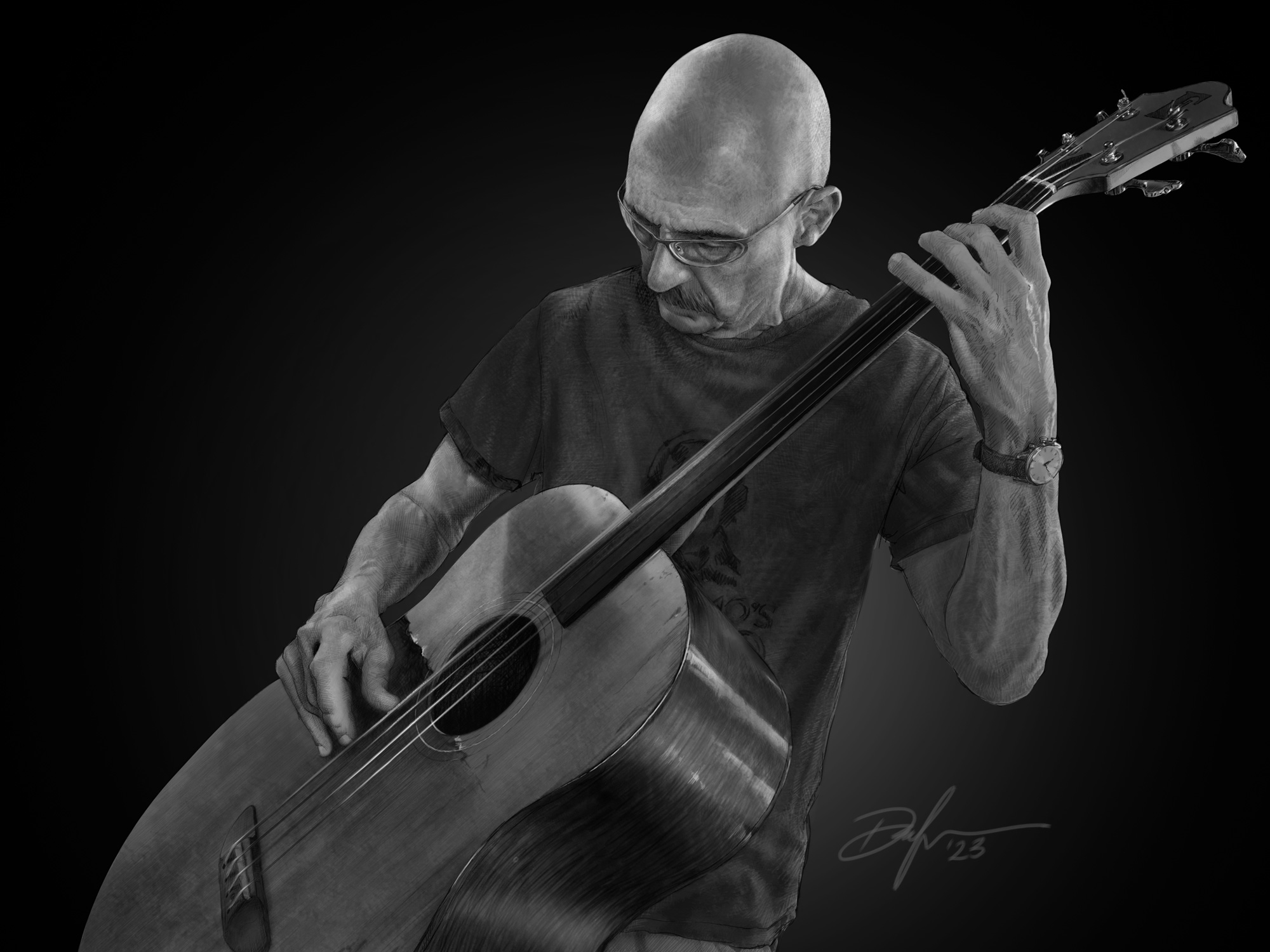

In your view, what can society to do to best support artists, creatives and a thriving creative ecosystem?
Buy shit. Buy more shit.
The process may be the most important and satisfying aspect of creating art, but it can only happen if artists have the funds to dig into the next project. Wouldn’t it be cool if Van Gogh (and countless others) had gotten a fraction of what their work has fetched posthumously at auction?
Another important thing to consider is the fact that people tend to think of creative art as frivolous. I really think this is backwards. Even whimsical art (like my sculpted pumpkins) has a deeper purpose. When a toddler scribbles with crayon and presents it to someone else, saying “”I drew this for you,” it comes from their heart. They have something they need to share. Every artist I’ve ever known has the same need to make a statement, whether it’s satire, political commentary, or a fart joke.
Art training is essential as a comprehensive learning experience. Art programs in school aren’t simply to teach kids how-to-be-an-artist when they grow up. Learning art teaches people to apply logic, problem solving, and motor skills. It teaches non-verbal communication. It often gives voice to voiceless concepts that an artist might not be able to fully articulate.
It teaches us how to learn.
Contact Info:
- Instagram: https://www.instagram.com/deanearnold/
- Facebook: https://www.facebook.com/pumpkin1962
- Youtube: https://www.youtube.com/@deanearnold4966
- Other: Through the Wire (Bandcamp)
https://jeremynesse.bandcamp.com/This is a project that I’ve co-produced that reimagines most of the music of Peter Gabriel. Each volume includes five songs that are arranged and recorded by musicians from all over the world. Many of these musicians are members of Gabriel’s own bands.
Deane Arnold (Bandcamp)
https://deanearnold.bandcamp.com/These are my own album projects. One is a progressive metal concept album, and the other is mostly covers of songs I sang with my mother when I was little. Mom and I recorded this album for her 80th birthday.

